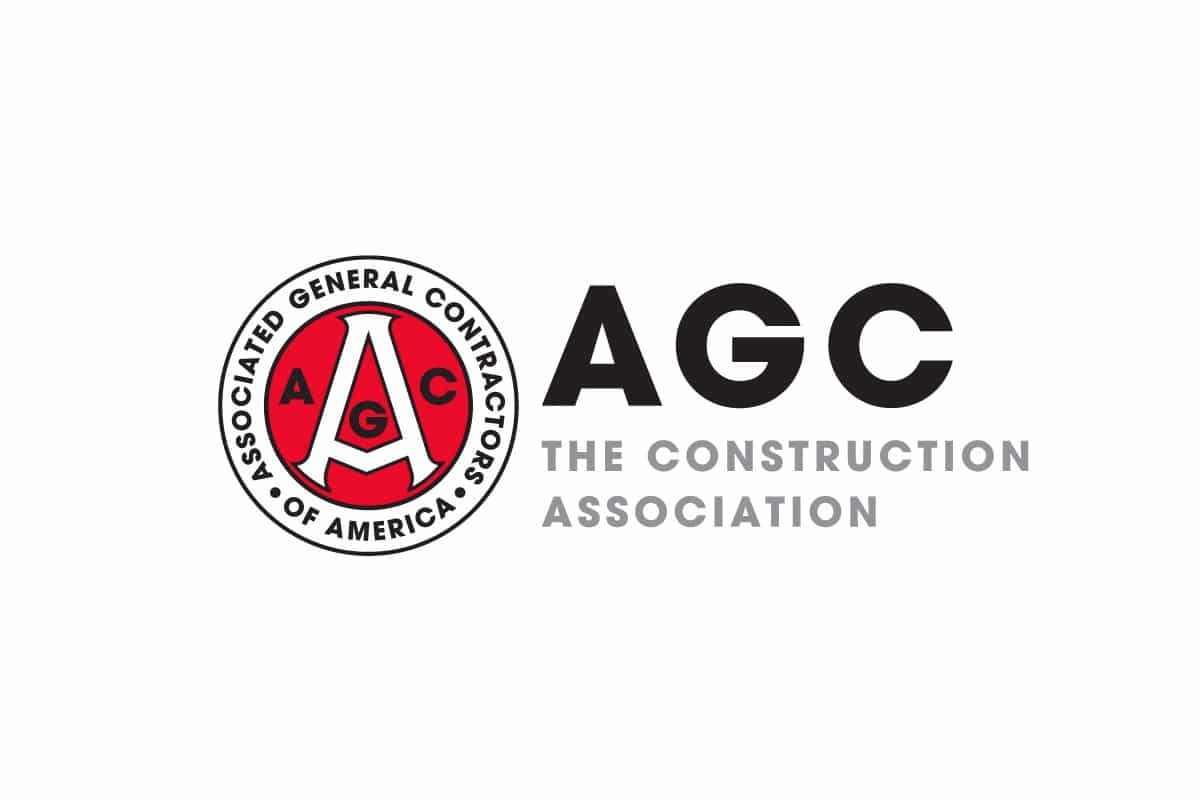Environmentally Friendly HVAC in New Construction

HVAC systems can consume a significant amount of energy — especially in homes or other buildings not designed for energy efficiency. New practices and technologies are changing this.
With the right design decisions and hardware, it’s possible to build new structures with highly efficient HVAC systems.
Building Energy Modeling and Smart HVAC Technology
New technology has made it possible to increase energy efficiency with small tweaks to building design. Building energy modeling (BEM) and energy simulation technology allow designers to see how energy-efficient their buildings will be before construction begins.
Then, during construction, the contractors can reduce the amount of energy it will take to keep the building at a comfortable temperature.
Once building construction is finished, small decisions — like choice of thermostat — can also make a significant difference.
There is a growing consumer market of “smart” technology that uses the internet to communicate with other devices. New smart thermostats can dynamically adjust a building’s heating or cooling based on information like the building occupants’ schedules. It can automatically turn off the heat when no one is present.
Over time, these devices can make an HVAC system much more efficient without changing its design.
HVAC zoning technology provides similar benefits. An HVAC system with zones can provide different heating and cooling levels to designated zones around a building. If one area of the building isn’t in use, you can keep the occupied portions of the structure comfortable without using unnecessary energy.
These HVAC systems build on conventional HVAC technology. As a result, they will need regular maintenance to stay energy efficient and in good working order. However, with the right care, a building owner can have a highly efficient HVAC system that doesn’t compromise on comfort.
Solar Power Systems for Sustainable HVAC
The rise of home solar technology has also made it possible to use solar panels in HVAC system design.
Solar air conditioning systems are, in effect, small-scale home solar arrays dedicated to powering a building’s air conditioning unit. If the building owner wants to upgrade, the solar arrays could also be scaled up to provide power for the rest of the building — potentially covering the HVAC system and the building’s basic energy needs.
If the array provides excess energy, building owners can even sell some of the power they produce back to the grid, depending on where they live and which utility manages the grid in their area.
Using the Earth as a Heat Sink: Geothermal HVAC Systems
Depending on how much a homeowner or building manager is willing to spend, renewables can also handle almost all of a building’s heating and cooling.
Geothermal heat pumps use the Earth’s temperature and a small amount of electricity to maintain a building’s temperature.
These systems are not cheap, especially for homeowners. Upfront costs can range anywhere from $10,000 to $30,000. Unfavorable site conditions — like poor accessibility or difficult-to-excavate rock — can drive up those costs even further.
However, these geothermal pumps can significantly decrease the amount of work an HVAC system needs to do. Homeowners regularly see savings of 30% to 60% on heating and 20% to 50% on cooling after installing a geothermal HVAC system.
This kind of investment can quickly make a building much more eco-friendly. Over a long enough period, the energy savings these systems provide can even pay off the initial cost of installing the system.
How New Technology Can Make HVAC Systems More Eco-Friendly
Recent developments in design technology, artificial intelligence (AI) and renewables could all make new HVAC systems much more environmentally friendly. While some sustainable HVAC systems will require a significant investment, they still provide options for prospective home- or building owners who want to reduce their carbon footprint.
This article was written by Emily Folk, a freelance writer covering topics in green technology and sustainability. You can follow her on her blog, Conservation Folks, or Twitter @EmilySFolk for her latest updates.




